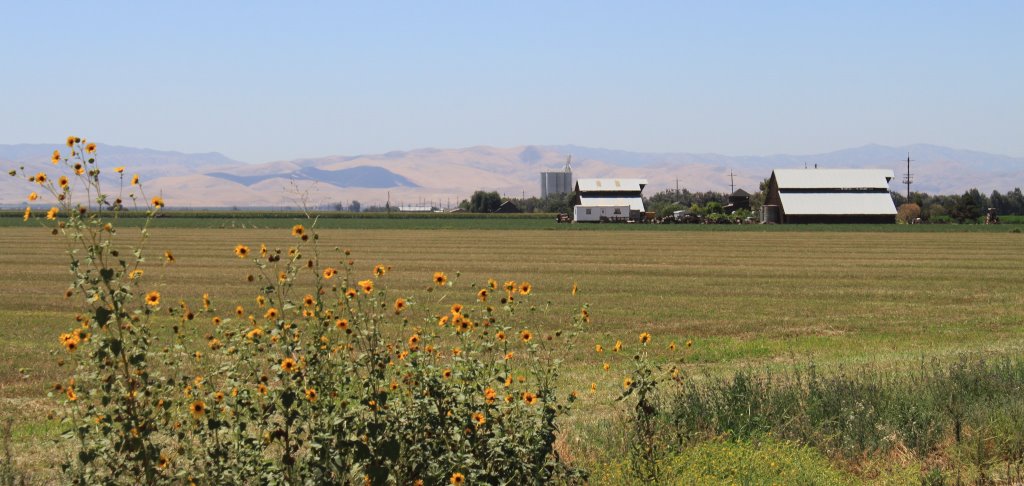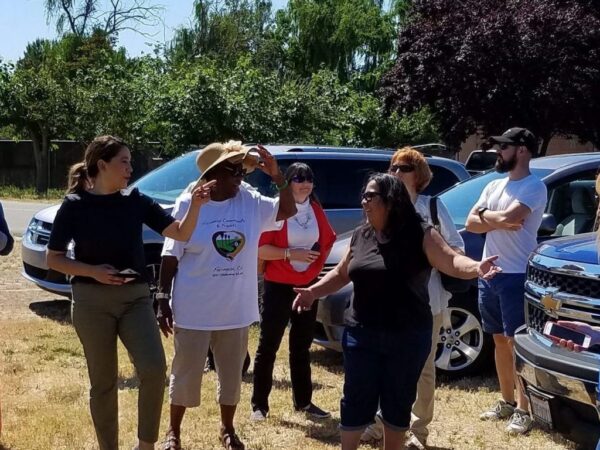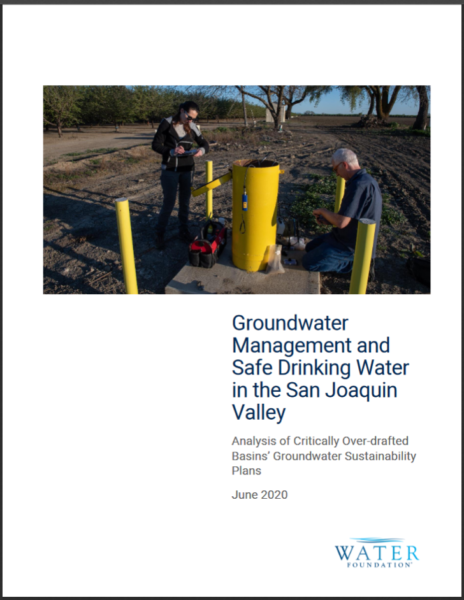
 “California’s Sustainable Groundwater Management Act was designed to prevent significant and unreasonable chronic lowering of groundwater levels across the state, among other undesirable effects. Yet implementation often does not protect shallow wells. This report examines public drinking water supply well vulnerability under the Sustainable Groundwater Management Act. It focuses on wells and water systems in the San Joaquin Valley due to the area’s social and economic significance, high concentration of water-related challenges, and availability of developed groundwater sustainability plans.
“California’s Sustainable Groundwater Management Act was designed to prevent significant and unreasonable chronic lowering of groundwater levels across the state, among other undesirable effects. Yet implementation often does not protect shallow wells. This report examines public drinking water supply well vulnerability under the Sustainable Groundwater Management Act. It focuses on wells and water systems in the San Joaquin Valley due to the area’s social and economic significance, high concentration of water-related challenges, and availability of developed groundwater sustainability plans.
The report finds that 503 of the 1,200 public supply wells in the region, or 42%, are likely to be partially or fully dry at the minimum thresholds established in the region’s sustainability plans. It includes recommendations to support small water systems and domestic wells and improve the resilience of groundwater sustainability Plans, in line with the state’s Human Right to Water. ... ”
Click here to read this report from Pacific Institute.
Click here to visit the Groundwater Exchange’s news page.

“Domestic wells serve sizable potable water demands in California and much of the world. These wells tend to degrade and fail with declining regional groundwater levels. In areas of irrigated agriculture, impacts to shallower domestic wells may occur from ongoing groundwater use and worsen during drought when agricultural pumping increases to compensate for diminished surface water supplies. Impacts on domestic wells include increased pumping lift, pump cavitation, well screen clogging, and wells running dry.
Our recent work examines the potential for managing these impacts in part of the San Joaquin Valley where groundwater sustainability plans were completed in 2020 as required by the Sustainable Groundwater Management Act. … ”
Click here to continue reading at the California Water Blog.
Click here to visit the Groundwater Exchange’s news page.
 While most Californians enjoy the convenience of having water to drink, cook and clean, many communities, including the small underrepresented communities in California’s San Joaquin Valley, face water scarcity challenges. In Fairmead, CA, an unincorporated community 12 miles north of Madera, CA, there are approximately 1,400 residents, with 200 residents connected to the community well and the remaining residents on domestic private wells. Though demographics have shifted, Fairmead continues to be a predominantly community of color. In the 1950’s and 1960’s Fairmead was primarily African American. Today, the community is approximately 70% Hispanic and 7% African American.
While most Californians enjoy the convenience of having water to drink, cook and clean, many communities, including the small underrepresented communities in California’s San Joaquin Valley, face water scarcity challenges. In Fairmead, CA, an unincorporated community 12 miles north of Madera, CA, there are approximately 1,400 residents, with 200 residents connected to the community well and the remaining residents on domestic private wells. Though demographics have shifted, Fairmead continues to be a predominantly community of color. In the 1950’s and 1960’s Fairmead was primarily African American. Today, the community is approximately 70% Hispanic and 7% African American.
The community of Fairmead was hard hit by the last statewide drought which lasted between 2012 and 2016. To this day, Fairmead continues to experience the impacts of declining groundwater levels. Victoria “Vickie” Ortiz and her family experienced first-hand the water challenges exacerbated by the most recent drought. In the summer of 2016, Vickie’s well went dry for over a year and a half. Unfortunately, this did not come as a surprise, as many of her neighbors with shallow wells had also gone dry. A growing demand of water for crop irrigation, coupled with the drought, led to groundwater overdraft.
Click here to continue reading at the NGO Collaborative.
If you missed the recent webinar on tools for evaluating drinking water needs in SGMA, you can watch it now online:
Webinar information:
Resources discussed by the panelists:
Other resources mentioned:
 From the Water Foundation:
From the Water Foundation:
To support the state’s implementation of SGMA and its continued progress on the human right to water, the Water Foundation commissioned an analysis of 26 GSPs in the San Joaquin Valley to understand how private domestic drinking water wells in the region will be affected on the path to sustainability. Among its key findings, the analysis estimates that the goals in these San Joaquin Valley GSPs, if not proactively addressed, will result in:
-
-
-
- Between roughly 4,000 and 12,000 partially or completely dry drinking water wells by 2040
- Between roughly 46,000 and 127,000 people who lose some or all of their primary water supply by 2040
- Between $88 million to $359 million in costs to restore access to drinking water
State regulatory agencies must now work with these GSAs over the next two years to implement SGMA in a manner that avoids these impacts or finds suitable replacement for lost water supplies to ensure the right to water for all California residents. Further, more analysis beyond the scope of this analysis is required to explore the effect of GSPs on other areas of concern, such as impacts on the environment and on important infrastructure due to land subsidence.
 “California’s Sustainable Groundwater Management Act was designed to prevent significant and unreasonable chronic lowering of groundwater levels across the state, among other undesirable effects. Yet implementation often does not protect shallow wells. This report examines public drinking water supply well vulnerability under the Sustainable Groundwater Management Act. It focuses on wells and water systems in the San Joaquin Valley due to the area’s social and economic significance, high concentration of water-related challenges, and availability of developed groundwater sustainability plans.
“California’s Sustainable Groundwater Management Act was designed to prevent significant and unreasonable chronic lowering of groundwater levels across the state, among other undesirable effects. Yet implementation often does not protect shallow wells. This report examines public drinking water supply well vulnerability under the Sustainable Groundwater Management Act. It focuses on wells and water systems in the San Joaquin Valley due to the area’s social and economic significance, high concentration of water-related challenges, and availability of developed groundwater sustainability plans. 


